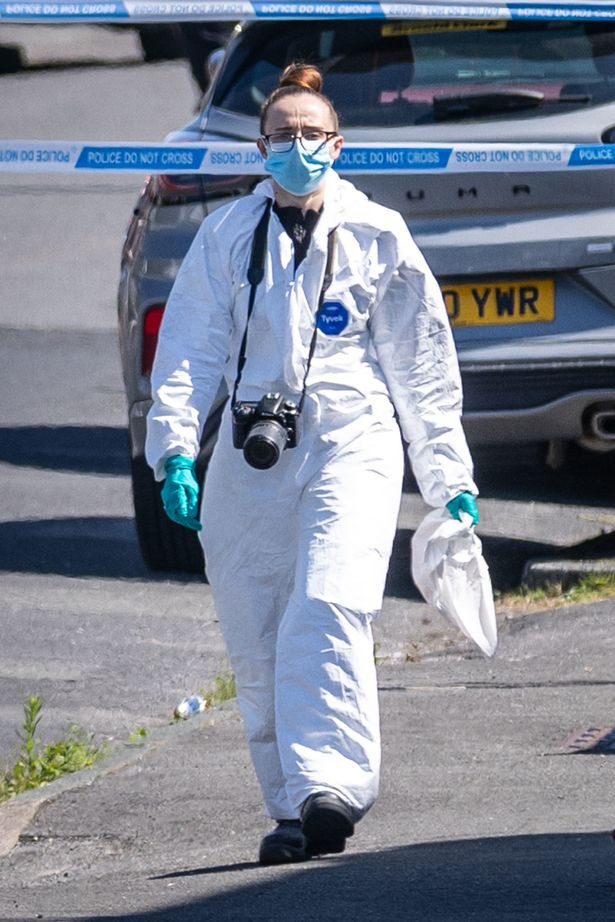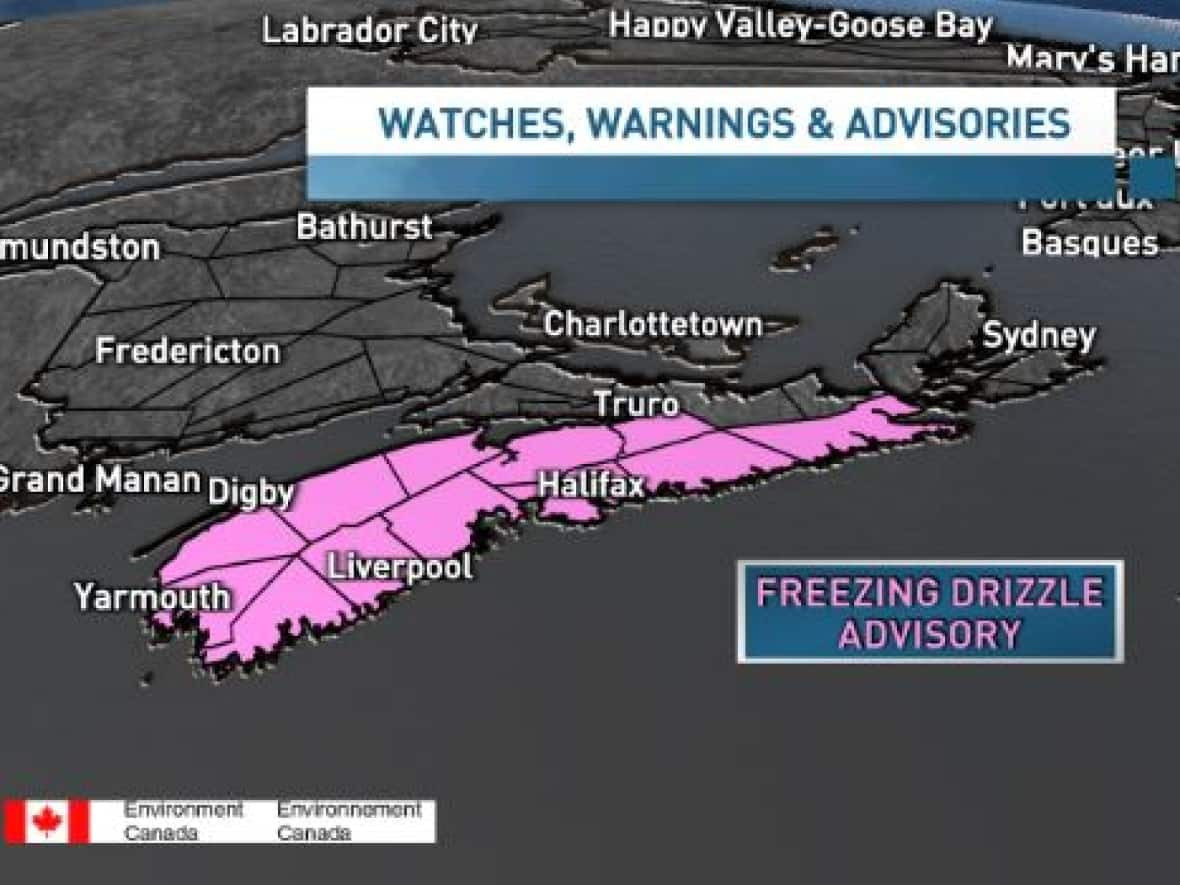The teenager accused of stabbing three girls to death in Southport now faces two further charges. Axel Rudakubana, 18, from Lancashire, faces one charge of the "production of a biological toxin, namely ricin, contrary to Section 1 of the Biological Weapons Act 1974". He also faces a terror charge of possession of information "likely to be useful to a person committing or preparing an act of terrorism, contrary to Section 58 of the Terrorism Act 2000".
These charges come after police said they found ricin and an al Qaeda training manual, during a search of his home. He had already been charged with three counts of murder and 10 counts of attempted murder following the mass stabbing at a Taylor Swift-themed dance workshop in July.
The charges were announced in a press conference at Merseyside police headquarters on Tuesday, after a “lengthy and complex” three-month investigation. The police chief constable, Serena Kennedy, made a plea for people not to speculate about the alleged offences.
Ricin was discovered at Rudakubana’s home in the village of Banks, about 5 miles from Southport, in early August, days after the attack. Kennedy said there was no evidence that ricin was present at Hart Space, the scene of the knife attack, and that counter-terrorism police had “not declared the events of 29 July as a terrorist incident”.
Kennedy said: “At this time, counter-terrorism policing has not declared the attack on Monday 29 July a terrorist incident. I recognise that the new charges may lead to speculation. The matter for which Axel Rudakubana has been charged with under the Terrorism Act does not require motive to be established. For a matter to be declared a terrorist incident, motivation would need to be established.”
She added that counter-terrorism officers were continuing to assess the evidence and that the full case against Rudakubana, who was born in Cardiff, would be disclosed at the criminal trial, planned for January.
“I would strongly advise everyone to avoid speculation about the motivation in this case,” Kenendy said. “The criminal proceedings against Axel Rudakubana are live and he has a right to a fair trial. It is extremely important that there is no reporting, commentary or sharing of information online that could prejudice these procedures.”
She added: “My plea is to be patient. Don’t engage in rumour speculation. Don’t believe everything you read on social media. We must not lose sight of the families of Elsie, Bebe and Alice, who are still grieving, and the families of the others who were present at Hart Street on 29 July. We must do everything to ensure the justice process is not prejudiced.”
What is Ricin?
Ricin is a highly toxic substance found naturally in castor beans. It is very toxic and even the smallest amounts can be deadly if inhaled, injected or ingested. To kill a 10-stone adult with a lethal injection of ricin all that would be needed is the equivalent of a grain of salt of the poison. The toxin is easy to extract and store, so is widely available. Castor beans are processed annually to make castor oil which is used in a number of products, including as lubricant in aircraft. Ricin is contained in the waste mash from castor oil production. It can be produced in liquid or crystalline form or as a dry powder. Although it is not particularly volatile it could be sprayed as an aerosol, but its use as a weapon of destruction is limited by the difficulty of distributing it in sufficient doses.
The Effects of Ricin Poisoning
Symptoms include vomiting, abdominal pain and bloody diarrhoea. There is no vaccine or antidote to the toxin. The Centers for Disease Control and Prevention say that death from ricin poisoning could take place within 36 to 72 hours after exposure.
If it's inhaled it causes progressive breathing difficulties, ultimately causing respiratory failure and death. If it's ingested it initially causes diarrhoea and vomiting that can be severe enough to result in dehydration. Days later the body's organs begin to shut down, possibly causing death. Skin contact causes irritation, but isn't itself serious. The risk is that people who pick it up on their fingers, for example, then ingest it.
Roughly 2-6% of cases of ingestion result in death. The fatality rate from inhalation is unknown. No information has been given by police on what form the ricin was found in. But in previous cases, it has been processed as a powder, mist, pellet or dissolved in water or acid.
Ricin in the News
In 1978, the Bulgarian dissident Georgi Markov was assassinated in London by an operative, thought to be from the Bulgarian secret service, who used an umbrella to inject a pellet of ricin under his skin. In 2013, letters tainted with ricin were sent to President Obama, the New York mayor, and others. On that occasion, nobody came to harm.
The Aftermath of the Stabbings
The killings led to the spread of disinformation about the suspect, and to a series of riots across England that resulted in more than 1,000 people being charged. Since the initial arrest and charging of Rudakubana, the investigation has continued, involving officers from Merseyside police assisted by counter-terrorism detectives.
Dr Renu Bindra, of the UK Health Security Agency, said its experts had found no evidence that any of those present at Hart Space, first responders, or members of the public were exposed to ricin. She said its experts assessed the risk to the wider public as “low”.
Rudakubana’s Next Appearance
After Wednesday’s magistrates court hearing, Rudakubana is next due in court on 13 November at Liverpool crown court.
The events of the summer have undoubtedly left a scar on the community of Southport, but as the investigation continues and Rudakubana faces further charges, the hope for justice and healing remains strong. This case serves as a stark reminder of the dangers of extremist ideologies and the devastating consequences they can have on innocent lives. While speculation and fear can spread quickly, it is crucial to rely on accurate information and to support the families of those who have been affected by this tragedy.



















